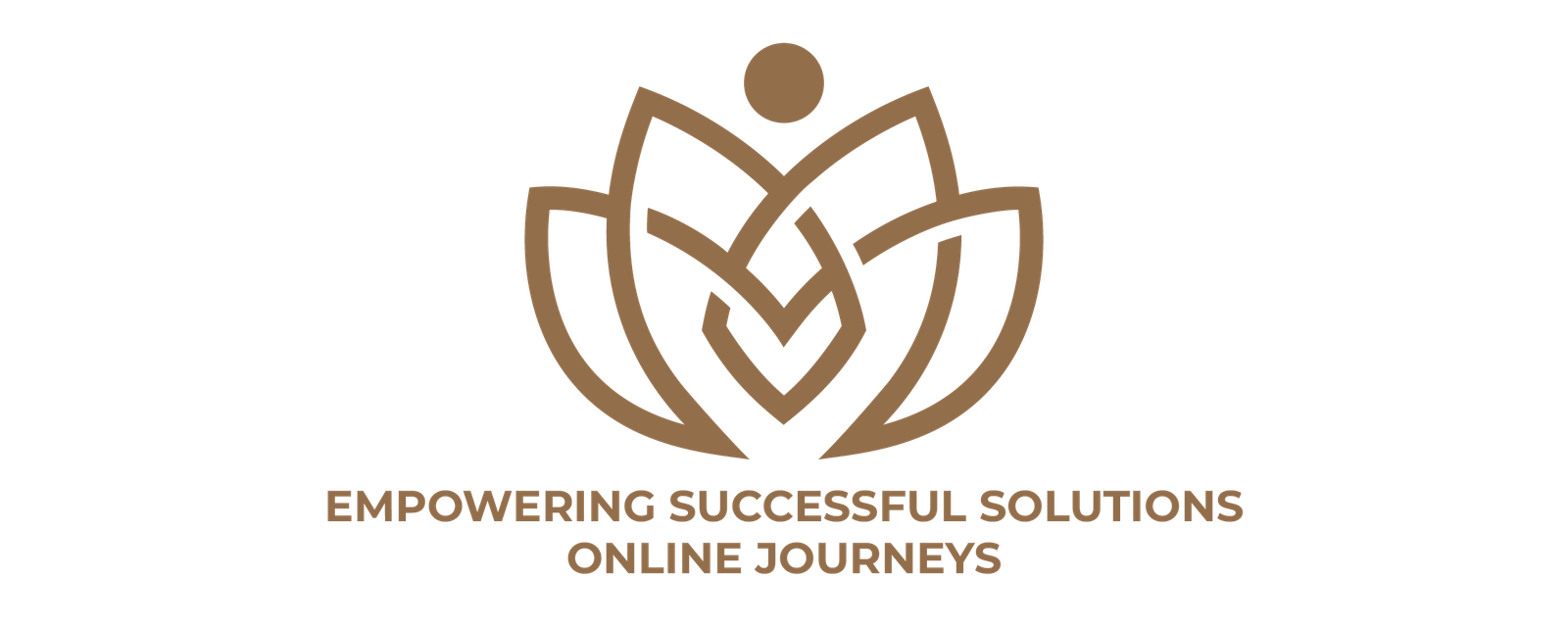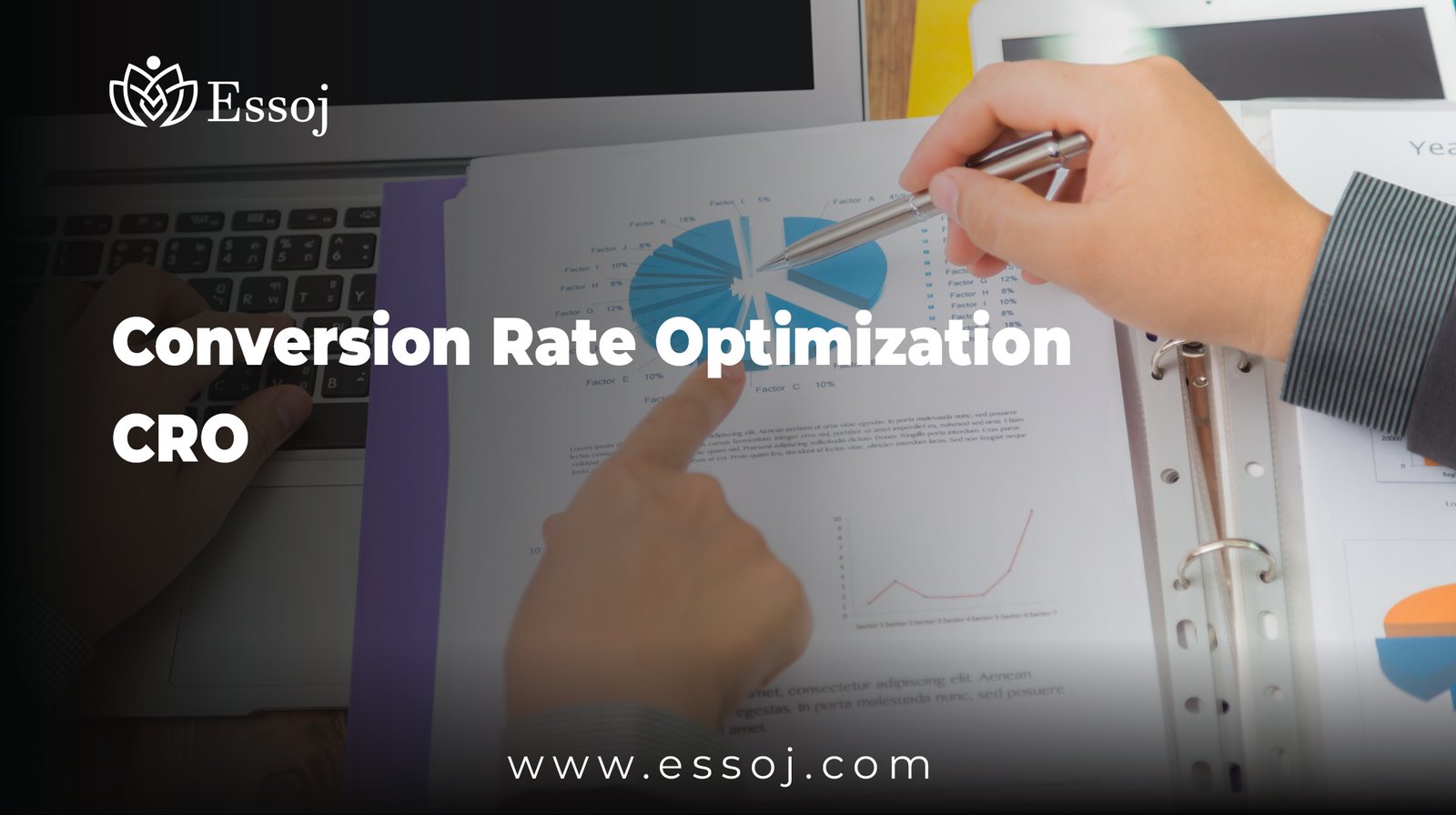In today’s fast-paced digital landscape, attracting visitors to your website is just the beginning of the journey. The real challenge lies in turning those visitors into loyal customers, subscribers, or leads. This is where Conversion Rate Optimization CRO comes in—a strategic process designed to increase the percentage of visitors who take a desired action on your website.
Whether you run an online store, offer services, or provide content, understanding and implementing Conversion Rate Optimization CRO can significantly boost your success. If you’re new to this concept or looking to improve your current efforts, this article will walk you through eight practical steps to get started on the right foot.
What is Conversion Rate Optimization CRO?
At its core, Conversion Rate Optimization CRO is about making your website work better for you. When visitors come to your site, you want them to complete specific actions — such as signing up for a newsletter, making a purchase, or downloading a resource. The conversion rate is the percentage of visitors who complete those actions.
Imagine a bakery: just having customers walk through the door isn’t enough. The goal is to get as many customers as possible to buy a cake or a pastry. Similarly, your website needs to be designed and optimized so visitors are encouraged and guided to complete your goals.
Why Focus on Conversion Rate Optimization CRO?
Many businesses focus heavily on increasing traffic, spending time and money on attracting more visitors. But what if you could make the visitors you already have more likely to convert? That’s the power of CRO.
Let’s say your site gets 5,000 visitors per month, and 2% make a purchase. That’s 100 sales. If you increase that conversion rate to just 3%, you’re making 150 sales without any additional traffic. This efficiency saves costs and maximizes revenue.
Besides boosting sales or leads, Conversion Rate Optimization CRO also improves user experience, builds trust, and makes your marketing efforts more effective.
Step 1: Understand Your Audience
The foundation of effective Conversion Rate Optimization CRO is knowing your audience well. You need to understand who your visitors are, what motivates them, and what challenges they face.
Use analytics tools to track visitor behavior. Look at which pages they visit, how long they stay, and where they drop off. But data alone isn’t enough — talk directly to your users through surveys, feedback forms, or interviews. Ask questions like: What do you want from this site? What stopped you from completing your purchase?
For example, a software company discovered many visitors hesitated during the signup process because pricing was unclear. Once they clarified their pricing plans, conversions improved.
Step 2: Set Clear, Measurable Goals
To improve conversions, you need to know exactly what you want to achieve. Setting clear, measurable goals is crucial for tracking progress.
Your goals could range from increasing the number of email subscribers by 20% to reducing cart abandonment by 15%. Whatever the goal, it should be specific and realistic.
Clear goals help you prioritize which parts of your website to optimize. They also give you a way to measure if your CRO efforts are successful.
Step 3: Map and Analyze Your Conversion Funnel
Your conversion funnel represents the journey a visitor takes from arriving on your site to completing your goal. Mapping this journey helps identify where visitors lose interest or drop off.
For example, many visitors may add items to their cart but never reach checkout. Pinpointing this step allows you to focus your optimization efforts where it counts most.
Use funnel analytics tools to visualize drop-off points. This insight lets you design targeted solutions to improve each stage.
Step 4: Generate Hypotheses Based on Data
Armed with audience insights and funnel analysis, the next step is brainstorming potential improvements.
For instance, if data shows visitors abandon the checkout at the payment page, your hypothesis might be that the payment options are limited or confusing. Maybe adding popular payment methods or simplifying the process will increase conversions.
Hypothesis-driven testing is key to Conversion Rate Optimization CRO — it ensures you base your changes on real data rather than guesswork.
Step 5: Conduct A/B Testing
Testing different versions of your website helps you identify what works best. A/B testing involves showing one group of visitors the current version (control) and another group a modified version (variant).
You could test headlines, button colors, images, or even entire page layouts. For example, testing a more urgent call-to-action (“Buy Now – Limited Time Offer”) versus a standard button can reveal which persuades more visitors.
Always test one change at a time so you can clearly see what’s responsible for the results.
Step 6: Optimize Website Speed and Mobile Usability
A slow website frustrates users and drives them away. Research shows visitors expect pages to load within seconds, especially on mobile devices.
Mobile traffic now accounts for over half of all web visits. If your website isn’t mobile-friendly, you’re missing out on a huge chunk of potential conversions.
Optimizing your site speed and ensuring a smooth mobile experience are often overlooked but highly effective Conversion Rate Optimization CRO tactics.
Step 7: Improve Website Copy and Calls-to-Action
Words matter. Clear, persuasive copy helps visitors understand your value and what action to take next. Avoid technical jargon and focus on benefits that resonate with your audience.
Effective calls-to-action (CTAs) are equally important. They guide visitors toward conversion with direct, action-oriented language. Instead of “Submit,” try “Get Your Free Trial” or “Download Your Guide.”
Test different CTA placements and designs to discover what drives the most clicks.
Step 8: Monitor, Analyze, and Iterate
Conversion Rate Optimization CRO is not a set-it-and-forget-it strategy. It’s a continuous cycle of monitoring, learning, and improving.
Keep track of your key metrics and test new ideas regularly. What works today might need tweaking tomorrow as trends and user behaviors change.
Celebrate small wins, learn from failures, and always look for ways to enhance the user journey.
Anecdote: Small Tweaks, Big Results
A friend of mine, Mark, runs a boutique fitness website. Initially, he struggled with low signup rates for his classes despite steady traffic. After diving into Conversion Rate Optimization CRO, he discovered the registration button was buried at the bottom of the page and the copy was generic.
By moving the button to the top and changing the text to “Join Your First Class Free,” signups increased by 30% within weeks. This experience showed him how small adjustments could lead to big improvements.
Additional Tips for CRO Success
- Add Social Proof: Show reviews, testimonials, and trust badges to reassure visitors.
- Simplify Navigation: Make it easy for visitors to find what they want quickly.
- Personalize Content: Use visitor data to tailor experiences and offers.
- Design for Visual Hierarchy: Highlight key elements naturally to draw attention.
- Use Exit-Intent Popups: Offer discounts or incentives to visitors about to leave.
Common Pitfalls to Avoid
- Making changes without data backing.
- Testing multiple elements simultaneously.
- Ignoring mobile optimization.
- Focusing only on traffic, not conversion.
- Setting unclear or unrealistic goals.
Why Your Business Needs Conversion Rate Optimization CRO
In an era of fierce competition and high customer expectations, simply having a website isn’t enough. Businesses that invest in Conversion Rate Optimization CRO get better results from their marketing spend and deliver superior customer experiences.
Optimizing conversion rates reduces acquisition costs and maximizes return on investment. Whether you’re a small business or a large enterprise, CRO helps you grow sustainably by turning visitors into valuable customers.
Final Thoughts
Starting your Conversion Rate Optimization CRO journey may seem overwhelming, but with patience and a methodical approach, it becomes manageable and rewarding. Follow these eight steps to build a strong CRO foundation: understand your audience, set clear goals, analyze your funnel, hypothesize improvements, test changes, optimize speed and mobile usability, improve copy and CTAs, and finally, monitor and iterate continuously.
Remember, Conversion Rate Optimization CRO is a long-term commitment, but the payoff in increased sales and customer satisfaction makes it worthwhile.
If you want to go deeper, platforms like essoj provide tools and insights that can support your optimization journey and help you unlock your website’s full potential.
Start today, and watch your business thrive as you convert more visitors into loyal customers.

